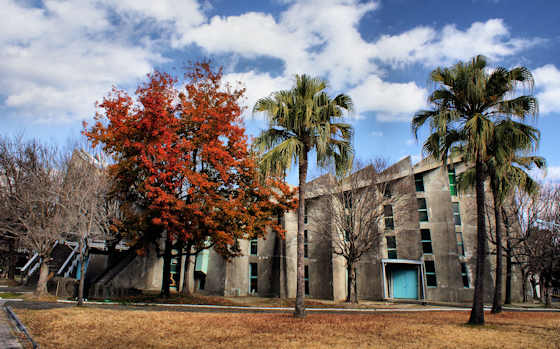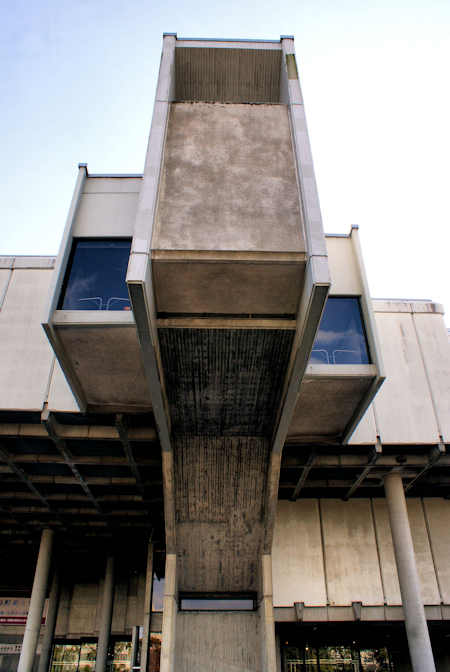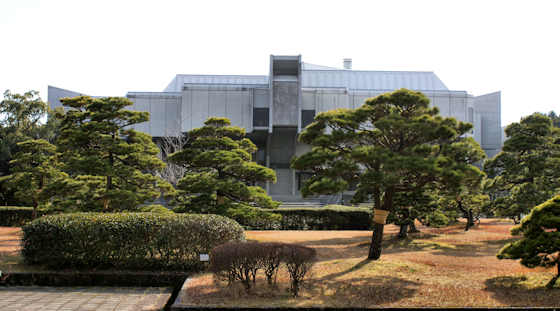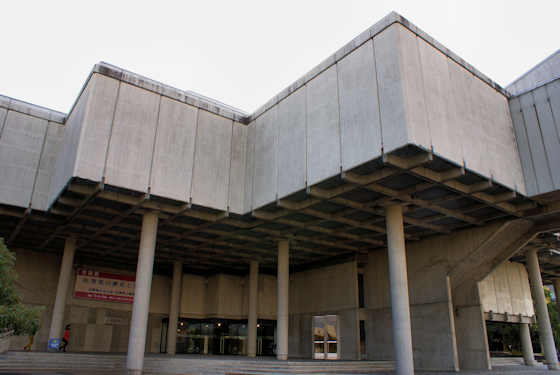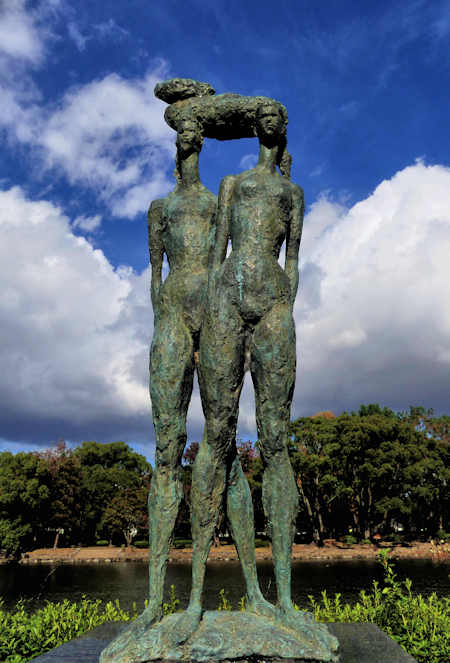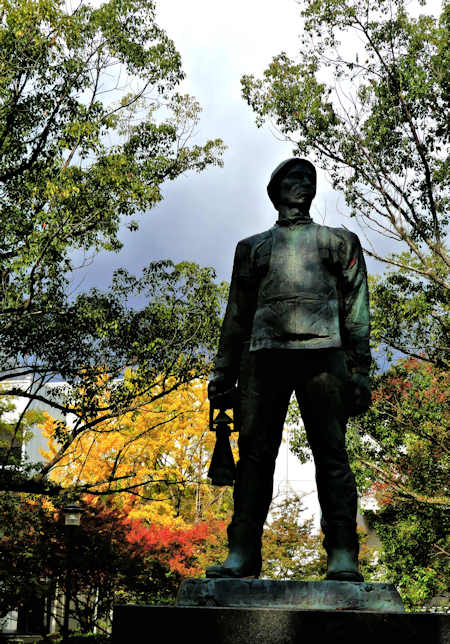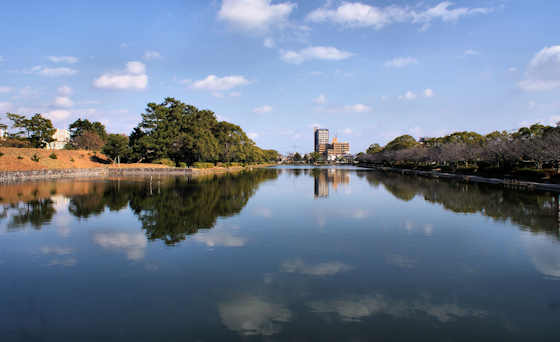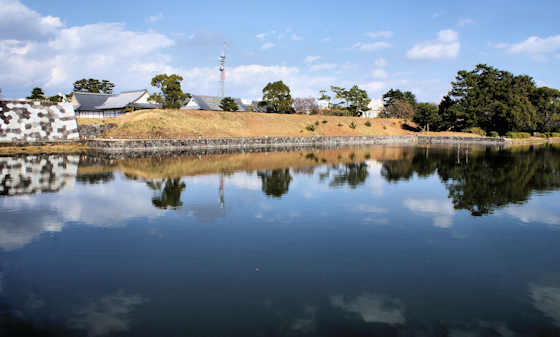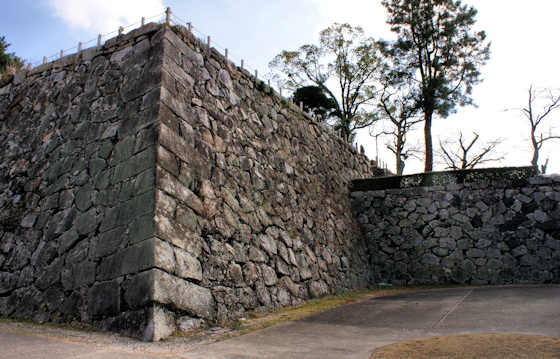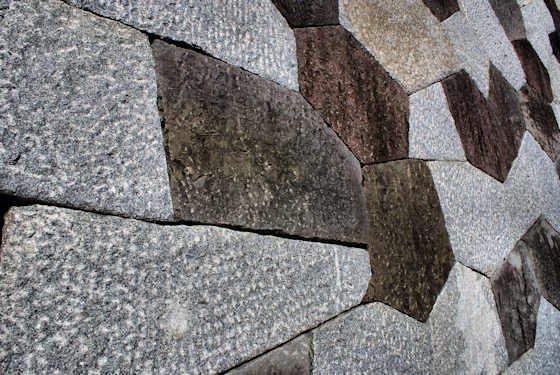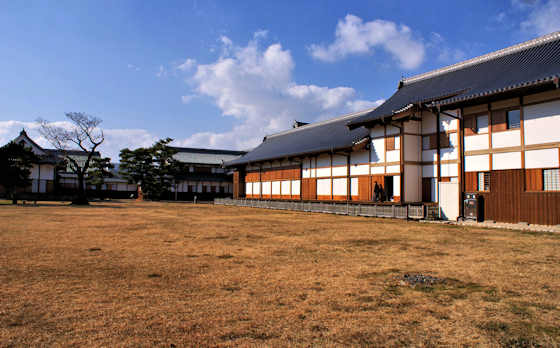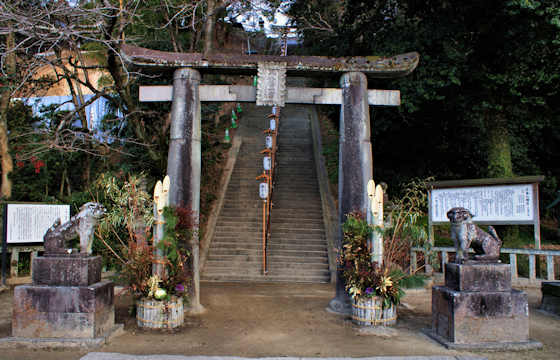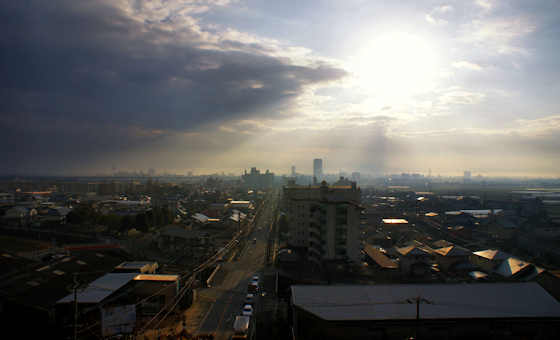Monday, May 8, 2023
Otsubo Quarry
Sunday, January 22, 2023
Ichimura Memorial Gymnasium
Ichimura Memorial Gymnasium
At the northern end of what was the grounds of Saga Castle is yet another Modernist public building, the Ichimura Memorial Gymnasium.
It was built in 1963 and designed by Junzo Sakakura (1901-1969).
After graduating he joined the studio of Le Corbusier in Paris where he eventually came to head the studio. He assisted Le Corbusier in his only Japanese project, the National Museum of Western Art in Tokyo.
Not visible from the ground is the rather elegant roof of the gymnasium, a saddle shape formed by two parabolic curves.
What is clearly visible is the aging concrete surface, something that so many concrete structures in Japan suffer from and that will only get worse as time marches on.
Thursday, January 19, 2023
Saga Prefectural Museum
Saga Prefectural Museum
Located within the moats of the former Saga Castle, and adjacent to the reconstructed Castle Palace, is the Saga Prefectural Museum.
It opened in 1970 and in 1983 the Prefectural Art Museum was opened next door and is connected by a passageway.
It was designed by architects Teichi Takahashi and Shoya Uchida, two architects that I not heard of before. At the time I'm sure it was classed as a "Modernist" design, though now it is more likely called Brutalist.
The displays cover archeology & History, Geology and the Natural Sciences, and folklore. Many items dug up from the Yoshinogari site are on display. Entry is free except for special exhibitions.
Outside the museum is the Tadao Koga Sculpture Forest.
Monday, January 16, 2023
Tadao Koga Sculpture Forest
Tadao Koga Sculpture Forest
Within the grounds of what was Saga Castle, adjacent to the reconstructed palace, are the Saga Prefectural Museum and the Saga Prefectural Art Museum. Between them and the moat is the Tadao Koga Sculpture Forest.
Tadao Koga (1903-1979) was a Japanese sculptor born in Saga and many of his works are on display in this outdoor exhibit. I suspect there is more of his work inside the art museum but I did not go in to find out.
The works on display are larger-than-life bronzes that reminded me of socialist art of the mid-20th century.
Other than a statue of Saigo Takemori in Kirishima, he does not seem to have produced anything of note, though he was chairman of the Japan Sculpture Society.
The top piece is Hoshin, 1960. The second is Spring Cloud, 1963, the third is Gamecock & Man, 1958. The fourth is Limit, 1965. The fifth is Grow Next Generation, 1956. The sixth is Factory Night Watchman from 1938, and the final photo is Three Fishermen from 1954.
It's a nice, free, public art space that is worth a look if you are visiting the castle.
Thursday, January 12, 2023
Saga Castle Palace
Saga Castle Palace
The Saga Castle History Museum is housed in one of the biggest wooden reconstructions in Japan.
When I first visited in early January 2014, they were getting ready for a concert by massed koto and shakuhachi. The gendered roles are telling. The men wore western-style suits implying modernity and the women wore kimonos, representing tradition.
It is a reconstruction of part of the palace that was built on the site following a fire at the castle in 1835. It was mostly destroyed in the Saga rebellion in 1874.
Though only about one-third of the former palace has been rebuilt, it is still massive, covering 2,500 sq m, and using 700 tatami mats, 320 being used in the great hall where the concert was taking place.
There are various historical exhibits scattered around the building, but they tend to be somewhat swallowed up in the vastness of the place.
The vastness of the place is a large part of its attractiveness. What was disappointing was there was no ostentatious decoration as I have seen at other palaces in Japan. However, entry is free and that is good.







